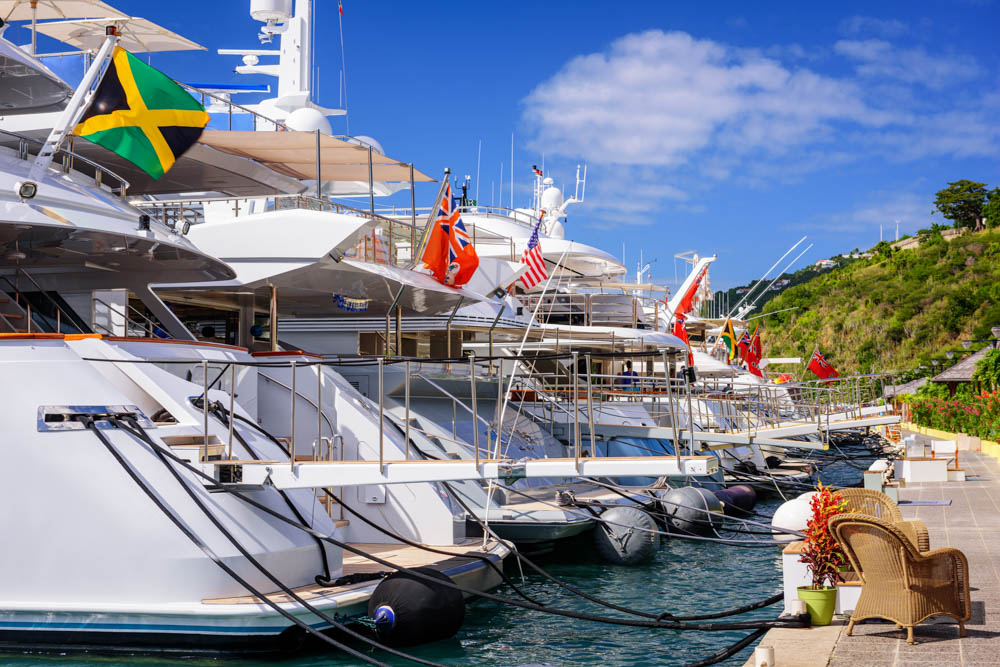
People often celebrate Gustavia as the core of Saint Barthélemy, which showcases a rich mix of history, culture, and pristine beauty. Located beautifully on the Caribbean Sea’s sunlit shores, its charm extends beyond just being the island’s capital. As the main harbor, Gustavia is lively, attracting ships and yachts from afar, serving as a vibrant center for trade and leisure.
The town’s streets echo with tales from ages past, where every cobblestone and corner has a story to tell. Indigenous tribes, European explorers, and traders from distant lands weave its rich cultural tapestry. The town’s buildings, influenced by both French and Swedish eras, silently narrate its evolving history.
For travelers, Gustavia offers more than just a visual treat. The local music’s beat, the enticing scent of Caribbean dishes, and the friendly locals offer a deeply engaging experience. Whether you’re looking for a peaceful walk by its old docks, a swim in its clear waters, or exploring its lively markets, Gustavia ensures unforgettable moments.
Essentially, Gustavia is more than just a place to visit; it’s an experience, inviting travelers globally to discover its distinct allure.
A glimpse into Gustavia’s past
The tale of Gustavia is as captivating as the scenic views it offers. Many believe that the renowned explorer, Christopher Columbus, set foot on the island in 1493. He supposedly named it after his brother, Bartolomeo. However, before any European discovery, the Taino Indians called this island home. Their history is marked by bravery and resilience. They fiercely defended their land, successfully repelling both French and Italian settlers in the early days.
By the mid-18th century, French sailors began to make their mark on the island. By 1763, they had established a significant presence, bringing enslaved Africans with them. This period also saw the island become a hotspot for pirates. Known as buccaneers, these sea raiders frequented Gustavia, exchanging their looted Spanish gold for vital supplies.
The island’s destiny took a turn in 1784. Sweden and France struck a deal, with the island being handed over to Sweden in exchange for trade privileges in the Swedish port of Gothenburg. This change led to the renaming of the town in honor of King Gustav III of Sweden. Today, Gustavia stands as a testament to this Swedish legacy, evident in its architectural designs and cultural traditions.
Landmarks and attractions
Gustavia, with its rich tapestry of history and natural beauty, is a haven for both history aficionados and nature enthusiasts. Dominating the town’s skyline, the Gustav Adolf Harbor lighthouse stands tall, echoing the maritime legacy of the region. Another historical gem, the Saint Bartholomew Anglican Church, constructed in 1855, serves as a peaceful retreat, narrating stories of unwavering faith and the town’s enduring spirit.
For visitors with a penchant for shopping, Gustavia doesn’t disappoint. The town is dotted with a plethora of upscale boutiques, eclectic shops, and gourmet restaurants, offering a delightful shopping experience. And for those who yearn for the sea’s embrace, the immaculate Shell Beach awaits, inviting visitors with its shimmering golden sands and crystal-clear blue waters.
Related : A perfect day in St Barts
Gustavia: A mosaic of past and present
At the Caribbean’s center is Gustavia, a town that perfectly blends its deep-rooted history with today’s energy. Present-day Gustavia proudly showcases its enduring past while optimistically looking towards a hopeful future. Since its recognition as a French Overseas Collectivity in 2007, the town has seen impressive changes, modernizing while holding onto its valued customs.
Boasting a diverse population of around 10,000 inhabitants, Gustavia is a veritable melting pot where myriad cultures, traditions, and languages coalesce. The harmonious blend of its residents’ backgrounds is evident in every corner, from bustling markets to tranquil beaches. While French is the dominant language, reflecting its strong bond with France, you can also catch hints of other languages, enriching its linguistic diversity.
Governance in Gustavia is a reflection of its commitment to progress and community welfare. Guided by its nineteen-member council, with President Bruno Magras leading, the town thrives, promising a bright future for its people.
Yet, at its core, Gustavia remains true to its roots. Its Swedish colonial heritage, combined with strong French influences, crafts a unique identity. The town, with its unparalleled blend of history, culture, and pristine natural beauty, beckons to all. Whether you’re passionate about history, enchanted by nature, or seeking peace by Gustavia St’s calm shores, the town provides a matchless experience, leaving lasting impressions long after your visit.

